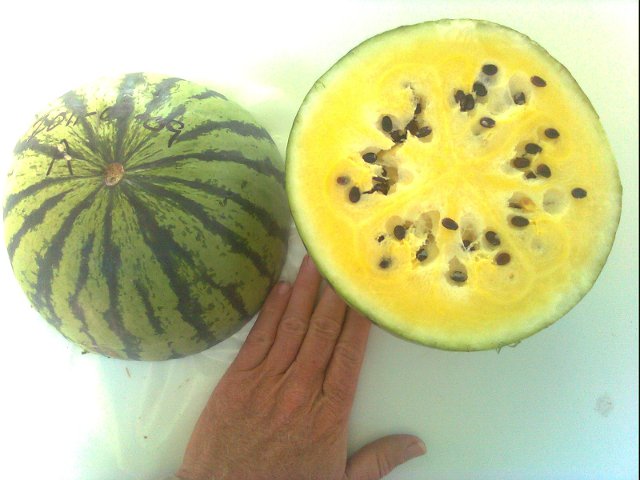
 3
3




Dirty hands + a sweaty handkerchief = hope for the future.
 1
1





 6
6




 3
3




(Reminder to myself) God didn't say, "well said, well planned, and well thought out." He said, "well done."
Nikki's Wishlist




—
Sim




pax amor et lepos in iocando
 1
1








Nikki Roche wrote:Since you want to ultimately direct sow, if I had this opportunity, I would consider winter sowing (planting the seeds in clear jugs or bottles outside, frequently before the last frost. They sprout when temperatures are right). The jugs protect the seeds from insects and critters but aren't fully coddled. It could give you a head start on seeing which seeds are suited best for your weather.
Dirty hands + a sweaty handkerchief = hope for the future.
 1
1





 1
1









Dirty hands + a sweaty handkerchief = hope for the future.
 3
3




Dirty hands + a sweaty handkerchief = hope for the future.
 2
2




Just me and my kids, off griddin' it - follow along our shenanigans at our YouTube Uncle Dutch Farms.

 1
1




Cy Cobb wrote:Was your watermelon landrace project all yellow fleshed varieties? I recall seeing somewhere that you had a watermelon project, but wasn't sure how it turned out for you.
 3
3




Nothing ruins a neighborhood like paved roads and water lines.
 3
3




Dirty hands + a sweaty handkerchief = hope for the future.
 2
2




Cy Cobb wrote:Thanks Mark for sharing your watermelon experience. That is a very interesting mix! I wonder how many varieties & generations got you to those results?
Cy Cobb wrote:I think you're headed in a good direction with your line. Do you get a lot of variation in rind color or pattern? How much do you offer supplemental water? I'm thinking with an earlier planting rather than a mid-season planting, spring rains should cover most of my water needs, but I worry about fungal issues in anything but hot dry weather.
Nothing ruins a neighborhood like paved roads and water lines.
 2
2




Dirty hands + a sweaty handkerchief = hope for the future.




Bethany Dutch wrote:This might be nuts but I always wished someone would develop a watermelon that doesn't have many seeds, but still has great flavor and is open pollinated. I've always lived in the north so can't grow them anyway, but am moving south this year, so I might take it on if no one else wants to! (or has already). But you, my friend, would have a great start already with that genetic diversity.
 1
1




Dirty hands + a sweaty handkerchief = hope for the future.




Dirty hands + a sweaty handkerchief = hope for the future.

| I agree. Here's the link: http://stoves2.com |





